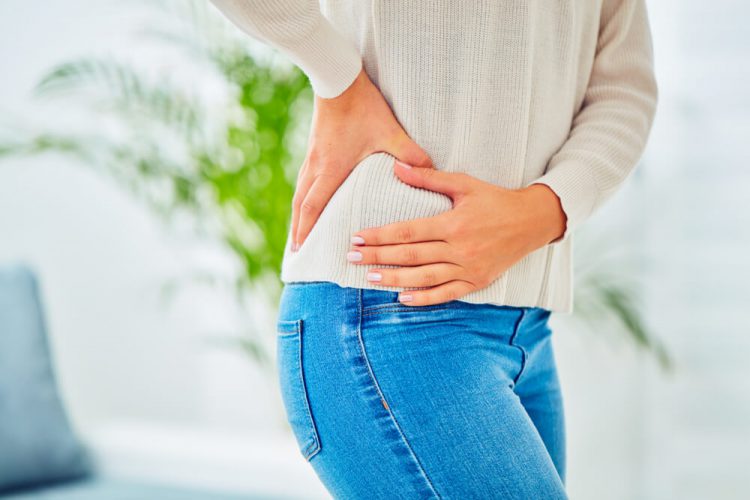
Trochanteric tendinobursitis

Hip pain, whether localized or radiating to the leg or lumbosacral region, is a common reason for consultation.
The predominant causes of localized hip pain are bursitis and tendinitis. As these they rarely occur alone, trochanteric tendinobursitis (TTB) seems to be the most correct term to characterize the condition.
TTB is an inflammation of the bursae and tendons surrounding the hip joint. A bursa is a fluid-filled sac that reduces friction and provides lubrication to cushion the joint when it is compressed during movement or weight bearing. A tendon is a contractile tissue attached to the muscle that allows movement of the hip and the body.
SIGNS AND SYMPTOMS
The classic symptom of TTB is an onset of pain that is progressive rather than acute, localized in the posterosuperior facet of the greater trochanter. However, it can cause referred pain to the outer thigh and down the leg to the calf or foot, mimicking lumbar radiculopathy of L4 or L5. The pain may sometimes be accompanied by a burning sensation and numbness.
It can develop or worsen during walking, running, climbing stairs, sitting with legs crossed, or when standing up from a sitting position (the pain disappears after taking a few steps). Typically, the pain is likely to awaken the patient at night, making lying in the lateral decubitus position (on one side) impossible. Limping is also often observed in patients suffering from this condition. Swelling may occur due to an increased amount of fluid in the bursa. This can be followed by redness of the skin and a feeling of warmth in the affected area due to inflammation or an infection of the bursa. Generally, an X-Ray or MRI is not used to diagnosis TTB, unless a fracture is suspected.
CAUSES AND RISK FACTORS
This disease is almost exclusively seen in women (90%) between the ages of 40 and 65 and, in most cases, it affects only one side. The pain may extend secondarily to the other hip. Although a traumatic cause cannot be ruled out, TTB is most commonly the result of excessive repetitive movements. Running, walking, cycling or martial arts, when practiced improperly, can, in addition to other problems, cause irritation of the bursae and tendons. Also, a difference in leg length may also be responsible for the onset of the pain.
MANAGEMENT AND TREATMENT
First of all, it is important to reduce the inflammation. Your physiotherapist will give you advice on how to manage your activities, whether to use ice or heat and what postures to avoid. This can also be combined with treatments such as ultrasound, iontophoresis and the application of electrical current. The use of anti-inflammatories, taken orally, applied topically in the form of a cream, or injected, may also help; consult your doctor or pharmacist for advice.
The second phase of treatment is aimed at allowing the affected tissues to regain their original function. Restricted mobility of the hip, knee and even the lumbar spine must also be addressed. Some techniques aimed at the gluteal muscles (such as massage and dry needling) or tendons (such as shock wave therapy) may be appropriate. Finally, it is of utmost importance to incorporate strengthening exercises in order to rebalance the hip muscles and adjust posture.



